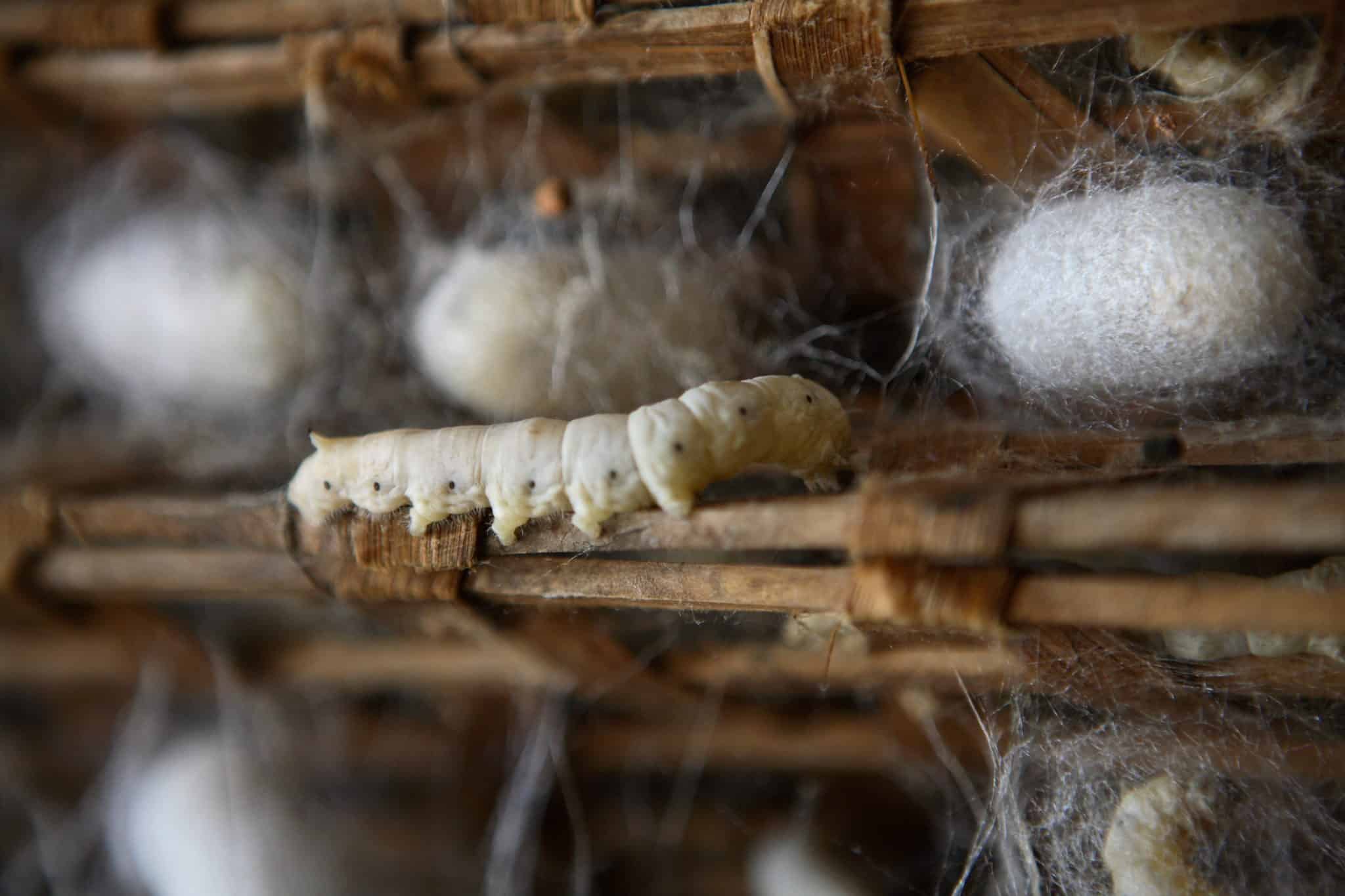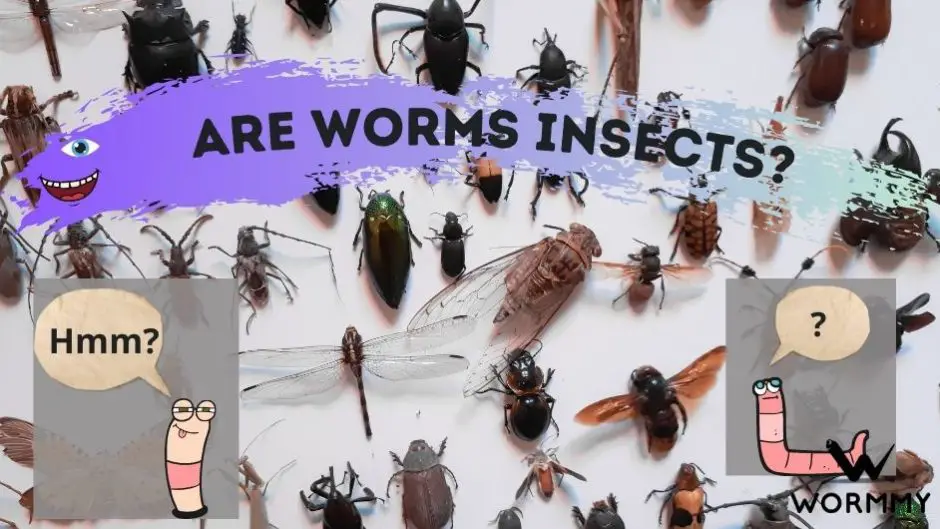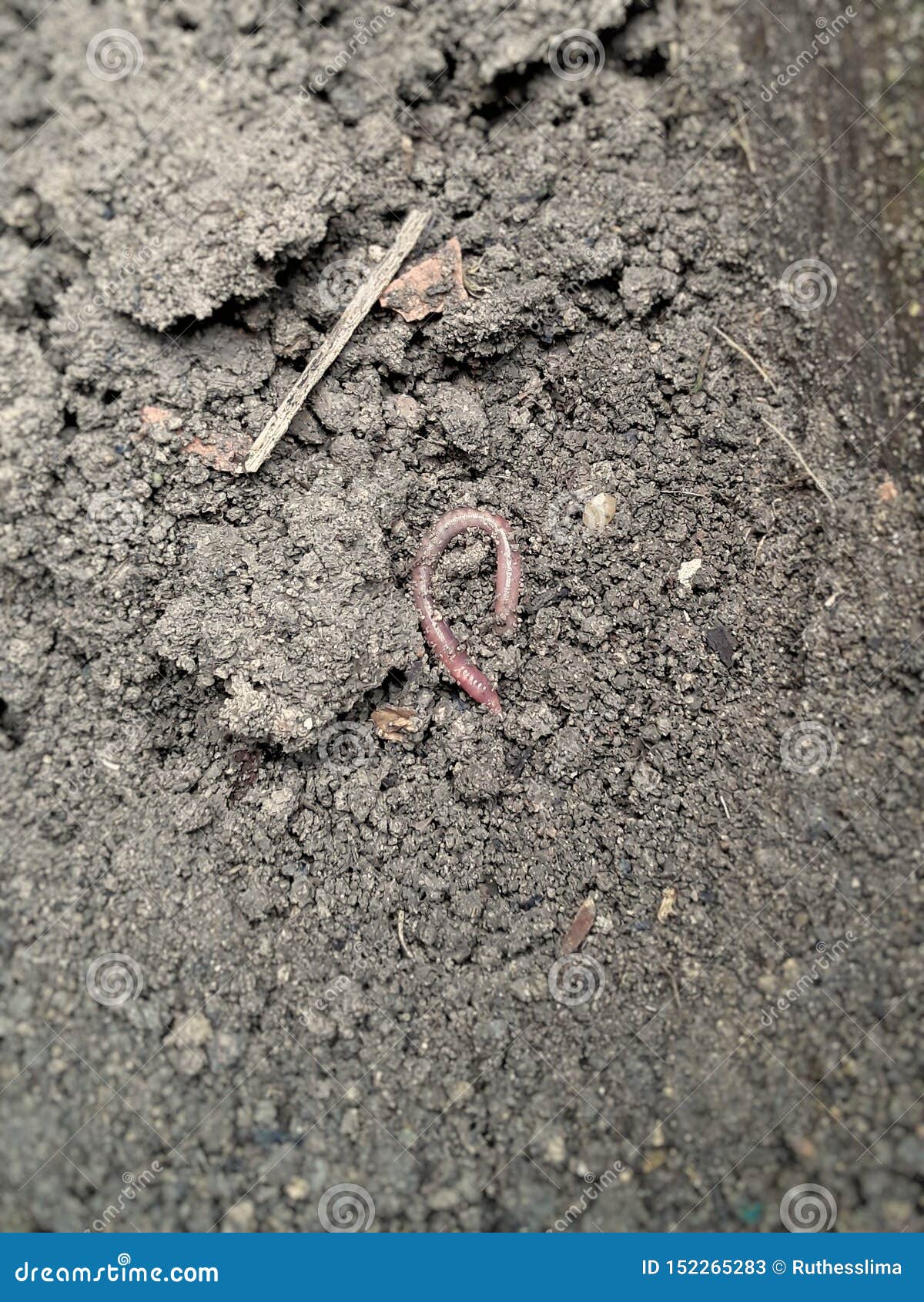Are worms insects? This question has puzzled many people, especially those who are curious about the fascinating world of invertebrates. Worms and insects belong to the animal kingdom, but their classification differs significantly. In this article, we will delve into the characteristics of worms, insects, and explore why worms are not classified as insects.
Understanding the differences between worms and insects is crucial for anyone interested in biology, agriculture, or environmental science. By examining their anatomy, habitats, and ecological roles, we can better appreciate the diversity of life forms on our planet.
This article aims to provide a comprehensive overview of worms and their classification. We will explore scientific facts, dispel common myths, and clarify misconceptions about these fascinating creatures. Whether you're a student, researcher, or simply a curious reader, this guide will deepen your understanding of worms and their place in the animal kingdom.
Read also:Bamyan Kabobs A Culinary Journey Through Flavorful Afghan Cuisine
Table of Contents
- Understanding Worm Classification
- Worms vs. Insects: Key Differences
- Types of Worms and Their Characteristics
- Anatomy of Worms
- Habitat and Distribution of Worms
- Ecological Role of Worms
- Common Myths About Worms
- Scientific Studies on Worms
- Benefits of Worms to Humans
- Conservation Efforts for Worms
Understanding Worm Classification
Worms are not insects; they belong to a completely different group within the animal kingdom. The classification of worms is complex due to their diverse forms and characteristics. Worms are primarily classified under the phylum Annelida, Nematoda, Platyhelminthes, and other related phyla.
Insects, on the other hand, belong to the phylum Arthropoda, which includes spiders, crustaceans, and other segmented creatures. The primary distinction lies in their body structure, segmentation, and physiological functions.
Phylum Annelida
Phylum Annelida includes earthworms, leeches, and marine worms. These worms are characterized by their segmented bodies, which allow for greater flexibility and movement. Annelids play a vital role in soil aeration and nutrient cycling, making them essential for healthy ecosystems.
Worms vs. Insects: Key Differences
While worms and insects share some similarities as invertebrates, their differences far outweigh their similarities. Below are the key distinctions between worms and insects:
- Body Structure: Worms have elongated, soft bodies without appendages, whereas insects have three distinct body parts: head, thorax, and abdomen.
- Segmentation: Worms exhibit external segmentation, while insects have internal segmentation.
- Respiration: Worms breathe through their skin, while insects use tracheae for gas exchange.
Behavioral Differences
Insects are known for their complex behaviors, such as communication through pheromones and social structures. Worms, however, exhibit simpler behaviors focused on survival and reproduction. Understanding these behavioral differences provides insight into their evolutionary paths.
Read also:Unveiling The Extraordinary Journey Of Frederick Dump
Types of Worms and Their Characteristics
Worms come in various forms, each adapted to specific environments and ecological roles. Here are some common types of worms:
Earthworms
Earthworms belong to the class Oligochaeta and are vital for soil health. They improve soil structure, enhance water infiltration, and facilitate nutrient cycling. According to a study by the Food and Agriculture Organization (FAO), earthworms contribute significantly to sustainable agriculture.
Roundworms
Roundworms, or nematodes, are microscopic worms found in soil, water, and even within other organisms as parasites. They play a crucial role in decomposing organic matter and maintaining soil fertility.
Anatomy of Worms
The anatomy of worms varies depending on their classification. However, most worms share common features such as:
- Body Segments: Segmentation allows for efficient movement and flexibility.
- Coelom: A fluid-filled cavity that supports internal organs and aids in movement.
- Reproductive Organs: Most worms are hermaphrodites, possessing both male and female reproductive structures.
Unique Features of Earthworms
Earthworms have a specialized structure called the clitellum, which is involved in reproduction. This structure secretes mucus that helps in the formation of cocoons, where eggs develop.
Habitat and Distribution of Worms
Worms inhabit a wide range of environments, from terrestrial soils to aquatic ecosystems. Their adaptability allows them to thrive in diverse conditions:
Soil-Dwelling Worms
Earthworms and other soil-dwelling worms are found in moist, nutrient-rich soils. They prefer environments with organic matter, which serves as their primary food source.
Marine Worms
Marine worms, such as polychaetes, inhabit ocean floors and coral reefs. They play a crucial role in maintaining marine biodiversity by providing food for larger organisms.
Ecological Role of Worms
Worms are essential for maintaining ecological balance. They contribute to nutrient cycling, decomposition, and soil health. Additionally, they serve as a food source for numerous animals, including birds, fish, and reptiles.
Soil Health and Worms
According to a study published in the journal "Soil Biology and Biochemistry," earthworms increase soil porosity by up to 40%, enhancing water infiltration and root penetration. This, in turn, benefits plant growth and crop yields.
Common Myths About Worms
There are several misconceptions about worms that need clarification:
- Myth 1: Worms can regenerate their entire body if cut in half. In reality, only certain species can regenerate parts of their body, and this ability is limited.
- Myth 2: Worms are harmful to plants. On the contrary, worms improve soil fertility, which benefits plant growth.
Dispelling Misconceptions
Education and awareness are key to dispelling myths about worms. By understanding their ecological roles and contributions, we can appreciate their importance in maintaining healthy ecosystems.
Scientific Studies on Worms
Research on worms has provided valuable insights into their biology, behavior, and ecological significance. For instance, a study conducted by the University of California revealed that earthworms can sequester carbon in soil, mitigating climate change effects.
Advancements in Worm Research
Modern technologies, such as DNA sequencing and microscopy, have enabled scientists to study worms at a molecular level. These advancements have led to discoveries about their genetic makeup, evolutionary history, and potential applications in medicine and agriculture.
Benefits of Worms to Humans
Worms offer numerous benefits to humans, both directly and indirectly:
- Soil Fertilization: Earthworms improve soil fertility, enhancing agricultural productivity.
- Biomedical Applications: Leeches, a type of worm, are used in medicine for their anticoagulant properties.
- Environmental Indicators: Worms serve as bioindicators of soil and water health, helping scientists monitor environmental changes.
Worm Composting
Worm composting, or vermicomposting, is a sustainable method of waste management. It involves using worms to decompose organic waste into nutrient-rich compost, which can be used in gardens and farms.
Conservation Efforts for Worms
Despite their importance, worms face threats from habitat destruction, pollution, and climate change. Conservation efforts are essential to protect these vital creatures:
Protecting Worm Habitats
Preserving natural habitats, reducing chemical use in agriculture, and promoting sustainable land management practices are crucial steps in conserving worm populations. Governments and organizations worldwide are working together to implement these measures.
Conclusion
In summary, worms are not insects, but rather a diverse group of invertebrates with unique characteristics and ecological roles. By understanding their classification, anatomy, and contributions to ecosystems, we can appreciate their importance in maintaining environmental balance.
We encourage readers to share this article, leave comments, and explore other resources on worms and their fascinating world. Together, we can promote awareness and conservation of these vital creatures for future generations.



